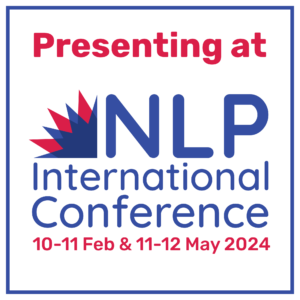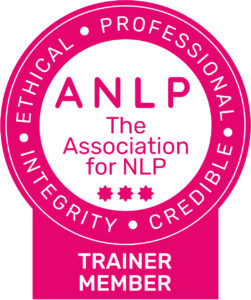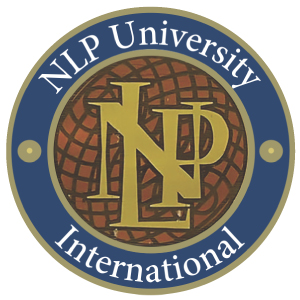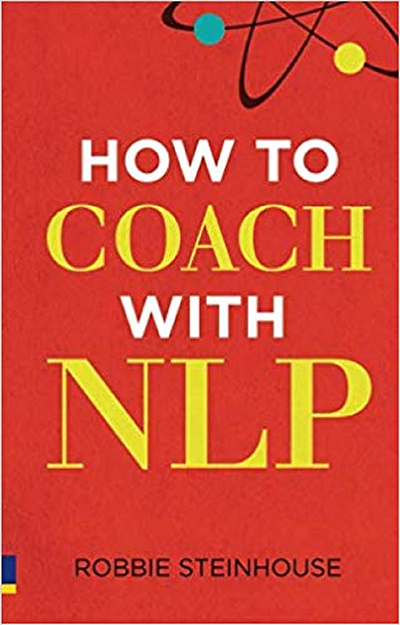The Four Qualities of Great Leadership

Today I want to look at the four qualities which are key for leadership, qualities that leaders need to bring to their work in each of the four areas:
- Thinking
- Sensing (energy)
- Feeling
- Vision
Thinking is the world of the intellect, rational and dispassionate. Sensing is perhaps the hardest to describe; this column is about different kinds of energy, different ways of acting forcefully and effectively. Feeling is about emotion. Vision deals with that overarching sense of perspective and direction that a leader must provide.
Partially by just looking back over my business career and thinking what actually qualities I found myself needing. But I was also inspired by the work of Stephen Gilligan and, from an earlier era, the Armenian philosopher Gurdjieff.
In this blog, I want to look at these qualities via an old metaphor which first surfaces in the work of the ancient Greek philosopher Plato, though it is still much used today – for example as part of the (extremely powerful) Hoffman Process which I attended a few years ago.
Plato’s horse trainer analogy
The metaphor is of a horse and carriage. The Intellect is represented by the carriage’s Driver; the Emotions by the Horse, and Vision by the Owner, who is sitting in the carriage and has told the driver where to go. Energy, as one would expect, is the hardest quality to put into the metaphor.
Energy is a deeply physical thing, and is est seen here as the physical body itself, and is thus represented by the Carriage.
As all four make their journey, there is a perpetual conflict between the Horse and the Driver: the Horse wants to roam free, eat grass and just have fun; the Driver has to keep it on task.
In the background, the Carriage needs to be well maintained – if it is not, it will put too much strain on the other aspects, especially the Horse that has to pull it, though neither the Driver nor the Owner will welcome a broken-down Carriage.
The Owner needs to have set the destination (and to keep setting it).
Minimising conflict between ‘horse’ and ‘driver’
The conflict between Horse and Driver needs to be minimized, to avoid the destructive situation where exhausted or upset emotions are ‘reined in’ by a stressed and obsessed intellect, creating stress all round.
In such situations, the emotions can end up soothing themselves with various unhealthy, ‘easy win’ pursuits – in real life, drink or drugs, in the metaphor sudden wild outbursts by the Horse.
Such things damage the Carriage – the body, the source of energy. The Owner is often ignored by the Driver and sits isolated in the Carriage watching the world go by and waiting patiently to play its essential role.
The Driver has to stay aware of all the other factors in the story – something the Intellect is not always good at doing (it’s often too busy toying with purely abstract stuff). It must be treating the Horse respectfully while keeping it moving forward.
It must be aware of the state of the Carriage – car owners will be aware of how they soon get to sense their vehicle is not ‘quite right’. And, of course, it must stay in touch with the Owner, to ensure they are headed in the right direction.
Both Horse and Driver find themselves tempted to stray down enticing-looking side-routes. However an essential leadership task is for the Driver to deliberately stop the Horse, dismount and approach the owner to ask, “Where are we going?” So often the noise of the old fashion carriages bumping along unpaved roads made the voice of the Owner inaudible.
This last point, about keeping in touch with the Owner, is extremely important metaphor. Likewise, leaders must plan to do things that take them out of their day-to-day activities so they can connect to their own ‘Owner’ and ensure they are on the right path or, if necessary, adjust the path.
Typical examples are coaching sessions and regular activities with key team members to review the big picture and not get caught up in present problems.
Likewise, the leader needs to look after their ‘Carriage’: their body and sources of energy. They need the right balance of physical exercise and rest, a decent diet, and enriching social and intellectual activities such as stimulating and friendly company, time in nature and meditation.
Without an extra reserve of energy, the leader may not have the resources to survive a crisis: you don’t want your Carriage to break down half way across a wilderness.
Did you like this post?
Then check out our events and courses!
Where to find us
For posts, events, free open days and more, follow NLP School on:
What to read next
Embracing The Many Aspects Of Leadership
The Capability Sets of Leadership









